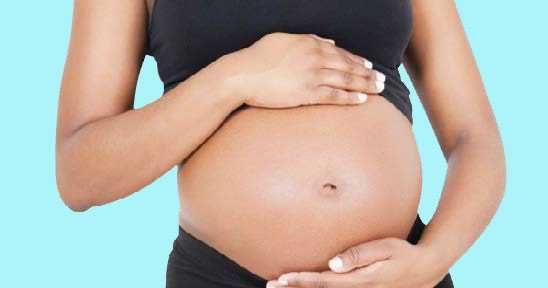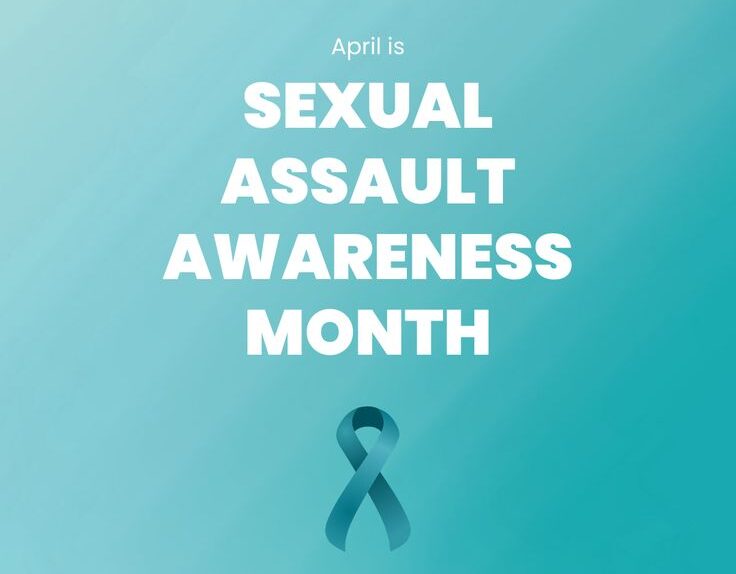Are we making maternal health gains?
Feature: December 2014 Although there has been improvement in maternal healthcare in Kenya, maternal mortality, especially in rural areas, remains high. ESTHER KIRAGU takes a look at some of the


Although there has been improvement in maternal healthcare in Kenya, maternal mortality, especially in rural areas, remains high. ESTHER KIRAGU takes a look at some of the initiatives taken to improve the situation in rural areas with particular examples from Amref Health Africa’s work and the benefits that have been accrued so far.
Undoubtedly a lot of progress has been made in Kenya towards achieving some of the Millennium Development Goals (MDGs). In the health sector certain pointers have shown improvement such as immunisation. However, maternal mortality rates remain high despite use of advanced technology and modern medicine.
According to the 2010 Kenya National Bureau of Statistics, globally, the maternal mortality ratio has declined by 47 percent over the past two decades, from 400 maternal deaths per 100,000 live births in 1990 to 210 in 2010.
However, in Kenya, maternal mortality ratio remains at an unacceptably high level with 7,700 women reported to die annually from complications caused by pregnancy and childbirth. This is despite the fact that almost 90 percent of maternal mortality complications are preventable. The leading causes of maternal deaths in Kenya are mainly a result of obstetric complications such as severe bleeding, obstructed labour and indirect causes such as AIDS/HIV, malaria and TB, which are aggravated during pregnancy.
Maternal health is one of the areas in which the gap between the rich and poor is most noticeable. In rural areas, long distances to the health facilities or lack of health care professionals discourage mothers from seeking care. Poverty and unequal access to education bring about high adolescent birth rates therefore jeopardizing the health of young girls and diminishing their opportunities for social and economic advancement.
What steps are being taken?
Many stakeholders have been involved in maternal health issues. To ensure all expectant mothers are safe and that they get quality health services, the Kenyan government abolished user fees in all public maternity hospitals and clinics in 2013. Mothers are encouraged to deliver in the nearest maternity facility under the supervision of a skilled health worker. The government has also committed to shifting budgetary resources from curative health to preventive health services in its budget to help deal with childbirth problems before they become serious.
Today, more rural women are receiving skilled assistance during delivery thus reducing long-standing disparities between urban and rural areas. Although facility deliveries have increased significantly since the introduction of free maternal healthcare, the MDG target of universal access to reproductive health by 2015 is still a long way to achieving.
Kenya’s First Lady Margaret Kenyatta has been at the forefront in campaigning for improved maternal health care through her Beyond Zero campaign. The campaign has drawn national attention and resources to the cause of preventing maternal mortality. She has pledged a commitment to ensuring that each of the 47 counties has a fully equipped mobile clinic to ensure no more women die while giving life and no more babies die from preventable causes – a good gesture, though may be inhibited by poor infrastructure especially in rural areas and lack of trained health care workers.
According to a recent analysis by the University of Nairobi, 98 per cent of maternal deaths are concentrated in 15 of the 47 counties of Kenya. These include Garrisa, Homa Bay, Isiolo, Kakamega, Kisumu, Lamu, Mandera, Marsabit, Migori, Nairobi, Nakuru, Siaya, Taita-Taveta, Turkana and Wajir.
The Western region of Kenya has the highest infant mortality rate at 65 deaths per 1000 live births. This is much higher than the national average of 48 deaths per 1000 live births. Many women in this region deliver babies at home with untrained support and also lack antenatal care. This puts them and their newborns at risk of serious illnesses, lifelong debilitation, or death. Poor nutritional status amplifies these risks.
It is with the objective of reducing maternal mortality in this region that the Amref Health Africa started the Linda afya ya mama na mtoto project in Mumias in Kakamega county in 2013. The project is led by the Micronutrient Initiative (MI) and combines Amref Health Africa’s work with facility-based quality improvement programmes initiated by the ministry of health and PRONTO International, a non-profit organization dedicated to improving maternal and neonatal outcomes.
The project aims to reach more than 29,000 pregnant women as well as community health workers, traditional birth attendants, health care providers at front-line facilities and community organisations with messages and actions that promote good maternal health and nutrition of mother and baby. It also aims to bring awareness of the importance of seeking maternal health care services at a health facility.
Studies have shown that when women are reached earlier and more often throughout pregnancy with nutrition education and interventions, health monitoring and services, there is a greater chance of healthier and safer pregnancies and births.
Incorporating fathers too…
Under this project Amref Health Africa has also been working with community health workers and equiping them with training and messages that encourage pregnant mothers to receive antenatal, delivery and postnatal care at local health facilities. They are also equipped to promote essential nutrition actions during pregnancy and early childhood.
Twenty-six year old Martin Tande is a community health worker and chairman of the father-to-father support group based at Nyaporo Dispensary in Mumias. His group provides a support system for men and also the opportunity to learn about family planning, safe sex, antenatal care and good nutrition for their expectant wives and other family members.
Martin says he became encouraged to be a community health worker while assisting at the dispensary and encountered many expectant mothers who lacked support from their partners. “Most of the women came to the clinic unaccompanied and despite all the health related advice given to them, their lives didn’t seem to change much. This prompted the initiation of the father-to-father support group in June 2014 with the aim of seeking ways of incorporating men in maternal health issues,” he explains.
The men act as ambassadors to other men in the village who are ignorant of health related issues pertaining to an expectant mother and her unborn child. Martin believes deep-rooted traditional beliefs among most of the villagers are key hindrance to maternal health.
“Most of the men we encountered in our quest to recruit members to the support group believe women ought to give birth at home with the help of a traditional birth attendant. Convincing them on the benefits of giving birth in a health clinic is difficult let alone the need to join a support group. But with time, some men have joined the group after seeing the benefits gained by those already in it. Some of the benefits include raising finances through the merry-go-round concept, planting vegetables for sale, and gaining useful reproductive health knowledge, among others,” he says.
Today the father-to-father support group at Nyaporo is made up of 25 fathers. Martin adds that when men are involved in maternal health issues, their women benefit since in majority of the homes, men are the decision makers and therefore quite influential in many domestic matters including giving birth.
Samsu Barasa and Barasa Francis, a couple from Nabhaholo district in Kakamega are some of the beneficiaries of the mother-to-mother support group and father-to-father support group respectively.
Samsu recalls her life prior to joining the group. “I hardly sought medical care and instead bought over-the-counter drugs whenever I fell sick. I was only prompted to go to hospital if the illness worsened. It was during one such visit to Malaha Dispensary in Mumias after being unwell for months and feeling that the over-the-counter medicines were not helping that I tested positive to a pregnancy test. I was five month’s pregnant with my second child yet I had been self-medicating for months unaware that I suffered from morning sickness,” she says.
“A nurse at the clinic encouraged me to join a mother-to-mother support group emphasing the benefits I would leap, in addition to attending prenatal care at the clinic. Although I was skeptical my first attendance of the group’s meeting was an eye-opener,” Samsu explains, adding that she realised the risks she was exposing herself to and the unborn child by failing to attend pre-natal care.
Samsu had bad pregnancy experiences in the past. She suffered two miscarriages before her first pregnancy and recalls during one of the miscarriages, she bled so much until she lost consciousness. These experiences prompted her to not only join the mothers support group but also encourage her husband, Francis, to join the fathers group.
Francis says the wealth of knowledge he has gained from the group is immeasurable. For years he believed that it was the woman’s responsibility to care for her pregnancy and men had no role to play. But being in the support group has helped him meet fathers who share a common bond and has learnt the importance of supporting and giving good care to expectant mothers.
He says, “It dawned on me that stress is a leading factor in miscarriages and hence why support and good communication is key during this crucial period. Simple gestures such as accompanying your wife to antenatal clinic go a long way in easing her mind. Physical and emotional support is the best thing a partner can offer during pregnancy. Also showing an interest in your partner’s day-to-day life and trying to understand what she is going through and also encouraging her to eat a healthy diet are equally important.”
Forty-five-year-old Grace Mulindi, a nurse who started working at Nyaporo Dispensary in 2007 says at the time the dispensary was inactive. But over time, she and her team began offering varied health services some of which were improvised for lack of sufficient facilities. She acknowledges that physical access to health facilities because of distance and/or lack of transport remain a barrier for women in Nyaporo village but is thankful to the boda boda means of transport that in now enabling many women access health clinics.
“Having the support groups working closely with community health workers has paid off as we have seen an increased number of expectant women giving birth at the clinic. My source of satisfaction is seeing many women in the villages raising healthy families, which translates into a healthy nation,” she says.
Although a lot of gains have been made in advancing maternal and child health agenda in Kenya, future efforts will require collective action from all stakeholders such as the international development community, donors and local organisations, public and private partnerships and communities in order to make progressive success.
Published in December 2014





